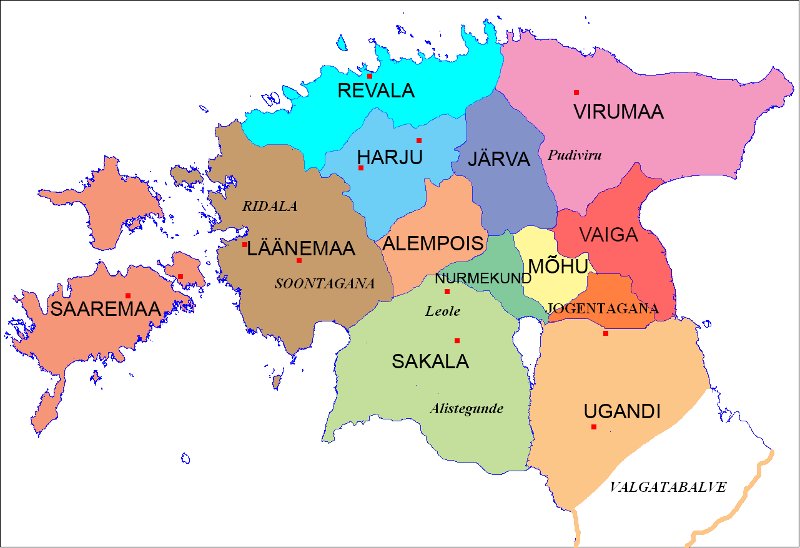Ancient Times
The end of the Glacial Era about 15 000 years ago can be considered the early beginning of the human settlement and Ancient Times in Estonia. The melting and retreating ice cover shaped the typical landscape in South Estonia: hillocks and lakes hidden in the hollows between the hillocks, and also, lake Peipsi, lake Võrtsjärv and the network of rivers that were the veins enabling to move along and sources to fish for basic subsistence.
The very first people arrived to the southwestern part of the present-day Estonia, at Pulli near Pärnu, about 11 000 years ago. Current theories suggest that they came from the south, and, thus, it can be said that South Estonia was inhabited not much later than the very period. The earliest antiquities in South Estonia have been found on the shores of Võrtsjärve and Tamula lakes and the Emajõgi and Võhandu rivers.
The hilly landscape and big forests in South Estonia made it rather difficult for early inhabitants to start cultivating the land. Small slash-and-burn clearance plots and pig raising made their everyday living. The importance of hunting was much bigger for early South Estonian people than the inhabitants on the coastal areas.
Still, by the end of the Ancient Times, the economical scene had changed. The Chronicle of Henry of Livonia praised the big villages of Sakala and Ugandi, and valuable treasures taken from the South Estonian villages by the crusaders and their Latgallian allies.
At the end of the Ancient Fight for Freedom, about 100,000 people lived in Estonia.

Ancient Estonian counties
http://en.wikipedia.org/wiki/File:Ancient_Estonian_counties.png